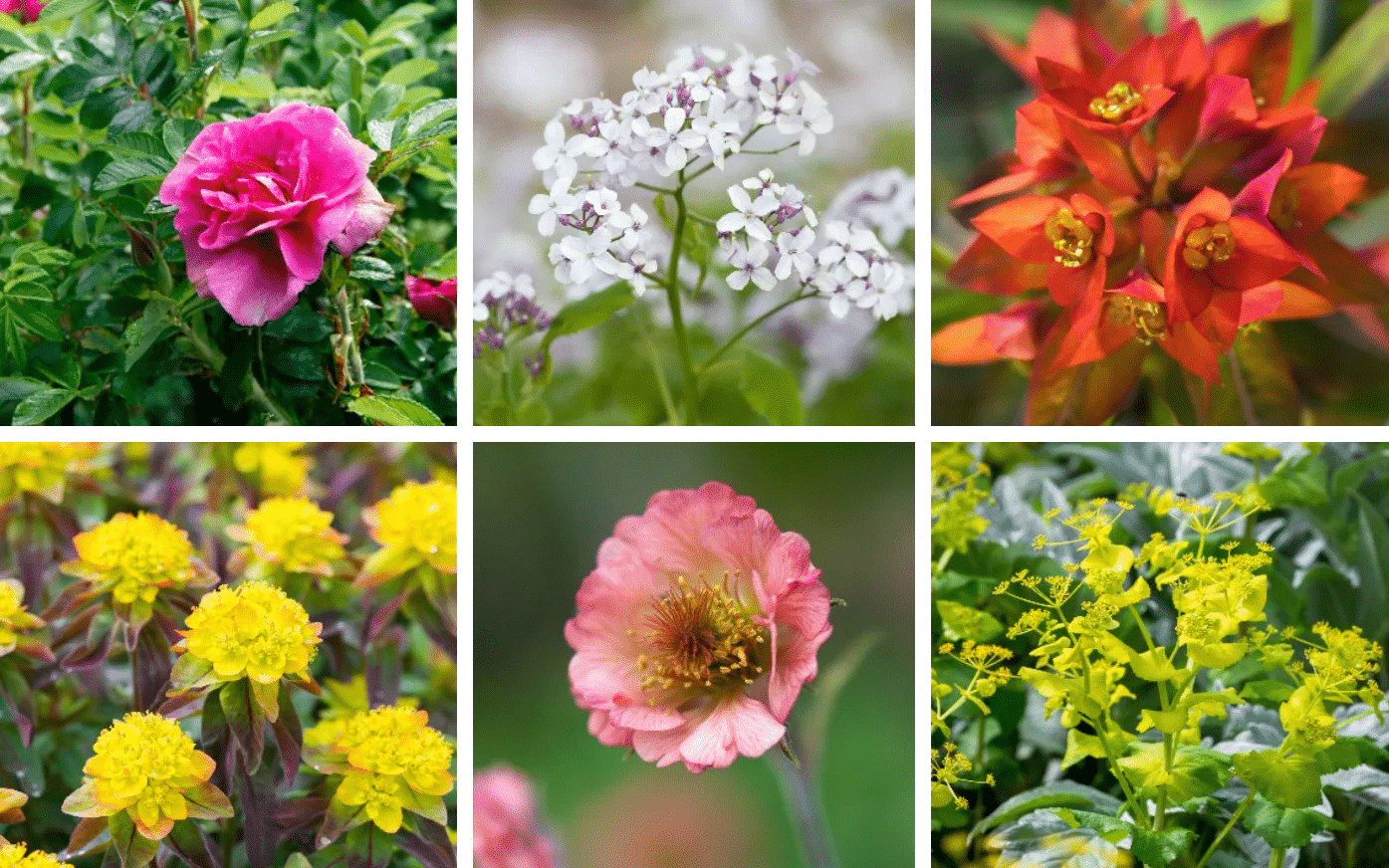Shade plants offer better photosynthesis under low lighting conditions and stand as a top choice for gardeners. One of the best parts of using shade plants is that it would help you regulate garden temperature, improve soil quality, create a natural ecosystem, and attract wildlife. Whether it is Vibrant Astibles or sophisticated Hostas, all of our mentioned shade plants can be used to grow indoors as they thrive on no sunlight.
They would make your home or garden a colorful display of greenery that would help you get a captivating atmosphere. There are several studies that reveal that shade plants are responsible for reducing stress levels in humans as they have calming effects associated with them. This article is dedicated to that particular theme where we have curated a set of theme that infuses the information of shade plants to transform your garden into a beautiful oasis. Shade plants offer better photosynthesis under low lighting conditions, and hence they are loved by gardeners.
1. Hostas
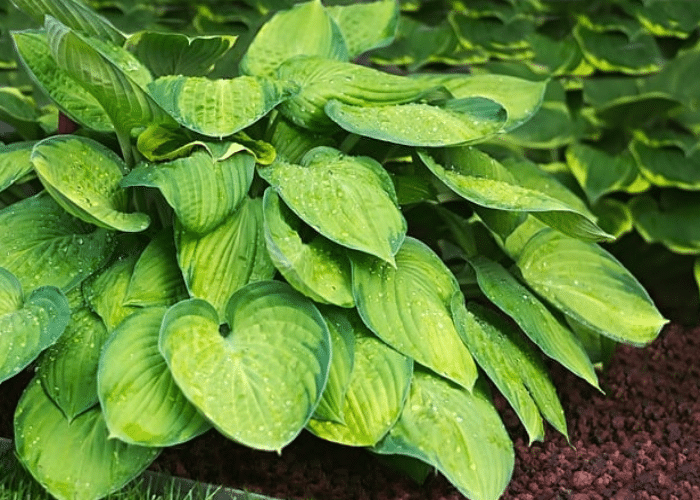
Hostas are regarded as perennials. This means they grow all year and thrive under low light conditions. This shade plant comes in several different varieties, and the best time to plant them is during fall or early spring. They will add beautiful texture to your outdoor garden and make them look stunning with their visual appeal feature.
2. Impatiens
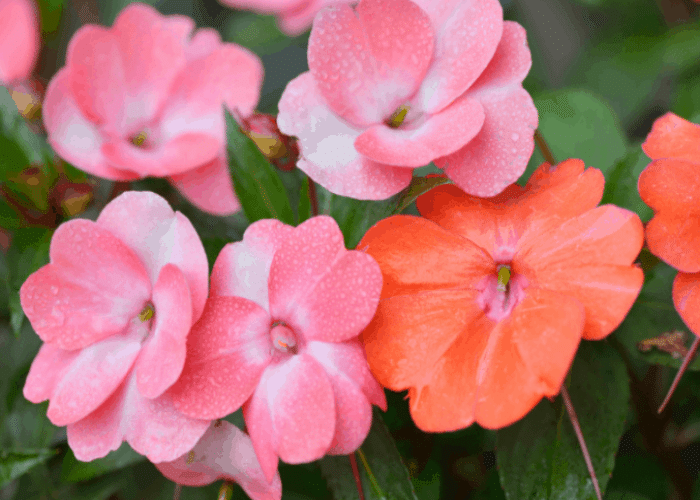
They are not perennials like the hostas, as they are annual in nature. This means as a gardener; you will have to replant them every year. They are worth every penny because they are known to improve the air quality of your garden. They have pollutant absorbing features where they absorb all the impure air and release healthy oxygen in your garden.
3. Hydrangeas
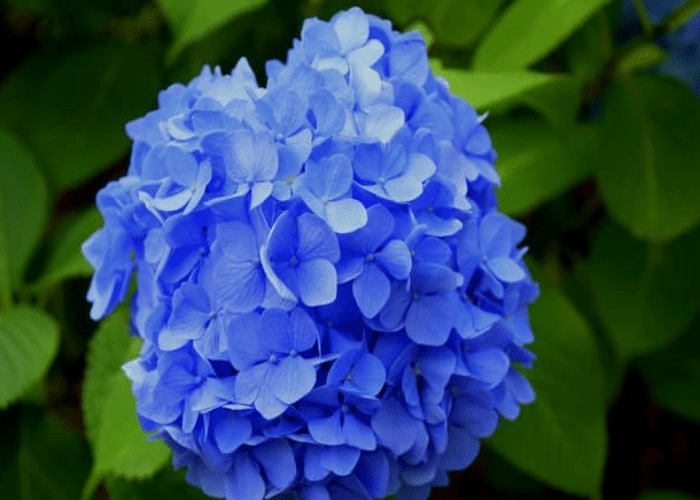
The most common colors of these shade plants are white or blue, but there is some exception, like pink and purple. When they bloom, they grow big as heads, and they increase the aesthetics of your outdoor garden. They are also perennials like hostas which means you can cut the plant, but still, they will reappear each year.
4. Astible
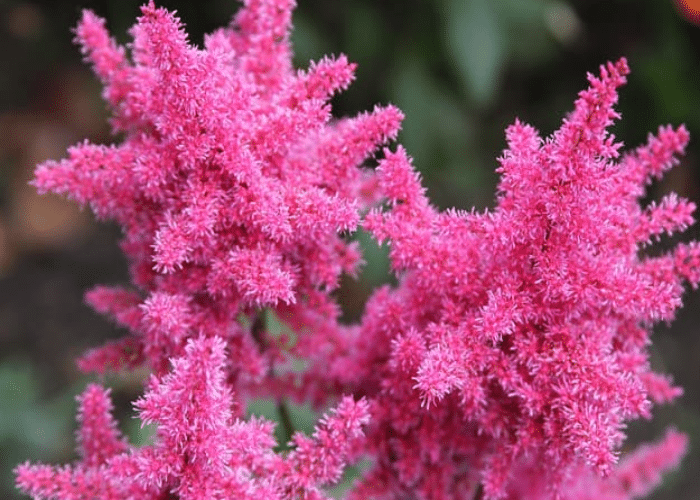
Astible is known to come in different versions, and they come in white, purple, and white. As a gardener, please make sure that fertilized soil is provided for its proper growth. In addition, they have a cooling feature inbuilt in them. This means they provide a cooling effect to shady areas of your garden and thereby reduce any heat formation.
5. Begonias

Gardeners have a lot and hate relationships with this plant. They love the bloom but hate the foliage. As annual flowers, they come in different varieties like purple, red, and pink. They require a proper drainage system for proper growth, but you can also grow them in containers if you want to. They are known to control soil erosion since they help stabilize the soil.
6. Caladium
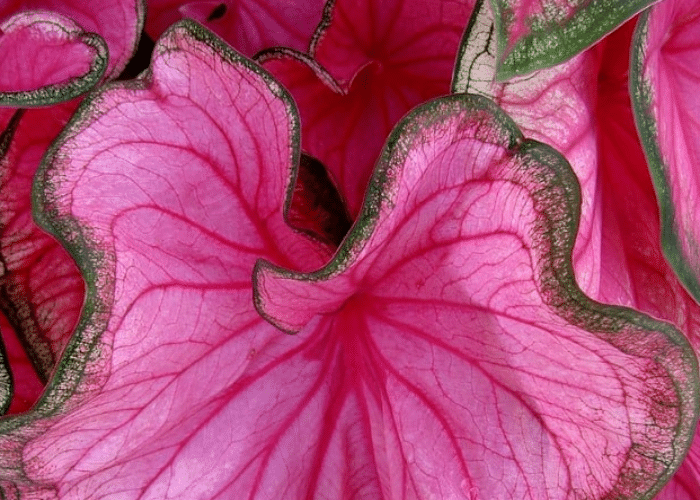
As a beginner, if you have a shade plant that thrives in the dark, then caladium should be the first pick. The maintenance of this plant is easy, and if you keep the soil warmed and fertilized, you will have a proper bloom year after year. As shade plants, they come in mixed varieties like white, green, and pink. Since they have a visual appeal, it makes your garden look exquisite.
7. Primrose
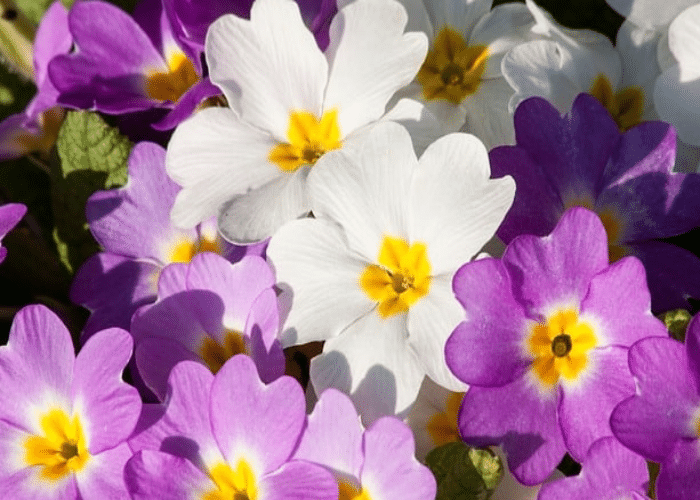
As a seasoned gardener, if you want your garden to have brilliant colors of display, then this shade plant is your prime choice. They are easy to maintain and require very little water for full bloom. Since it is not a sun-loving plant, they are responsible for improving the overall air quality in your garden. Please make sure that the soil used for their growth is fertilized with organic matter.
8. Ferns
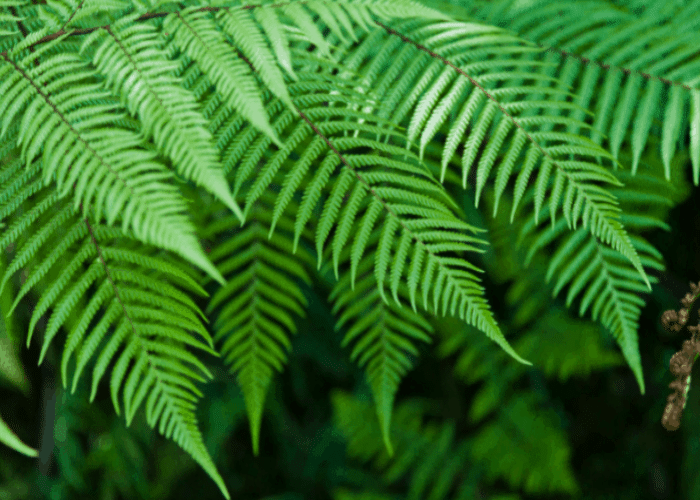
Being a plant lover, we are sure that you must have noticed ferns when you are hiking the woods, or they have made their presence felt in a shady park. This species can thrive in the dark and also under partial sunshine. Some studies reveal that this shade plant can tolerate extremely cold temperatures and still remain in its best shape throughout the year.
9. White Trillium
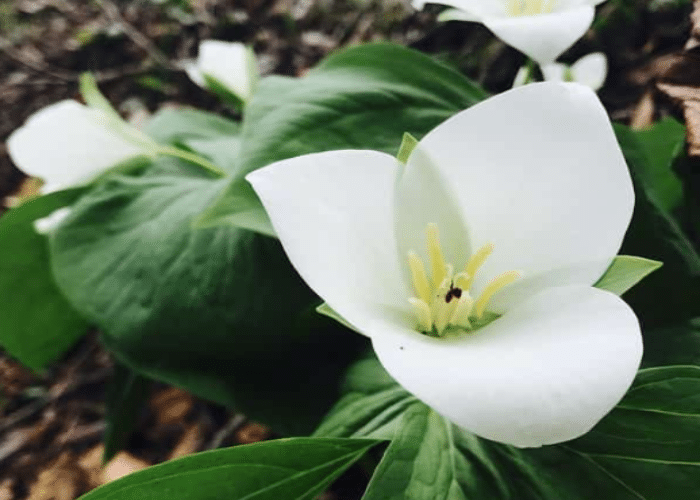
This perennial is absolutely gorgeous. Their white petals are the best perennial for any seasoned gardener. With very little care, these shade plants can live up to 20 years. Besides that, they are known to provide a natural ecosystem where they become the primary food source for various insects, birds, and other wildlife.
10. Gardenias
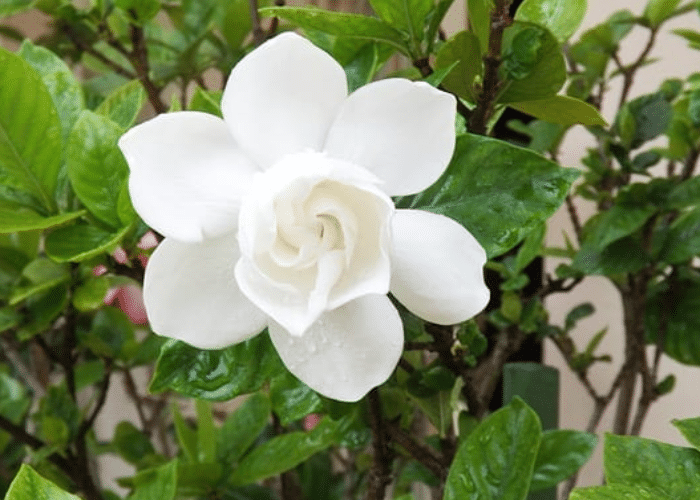
With a heavenly smell, gardenias are known to thrive under no care. They thrive under partial sun shade, and they provide excellent soil improvement. They naturally add organic matter and improve soil structure. Besides this, they are known to provide a relaxing atmosphere in your garden, as studies have shown they are very effective in reducing stress.
Caring Tips for Shade Plants
As said earlier, maintenance of shade plants is super easy as they don’t require a lot of attention and detail to grow into full bloom. However, there are some must-have particulars that you must know in order to make them thrive.
- Fertilizing: The best way to fertilize them is using NPK fertilizer which comes in the concentration of 15-15-15. Though this fertilizer is enough for the shade plants, there may be times when additional fertilizer might be required.
- Soil: Shade plants thrive under acidic soil. So as a gardener, please make sure that the soil that is used is well-drained and contains a medium concentration of acid. Never place them in areas that receive direct sunlight, as that will make your plant die.
- Lightning condition: Before you place a shade plant in your garden, first analyze the lightning conditions involved. There are shade plants on our list that requires no sun, and there are some that require partial sunlight. So make sure you make a careful note before you plant them in your garden.
- Design: Never be afraid to experiment with your shade plant. By adding little diversity around your shade plant, you can create an enchanting atmosphere. You can use containers for diversity and make them appear as an important consideration of your landscape.
Diseases and Pests that Affect Shade Plants
- Slug and snails: They attack shade plants during the rainy season when there is reduced sunlight and light and the climate is moderate and cool.
- Leaf spot disease: They are the most common disease that affects shade plants. The leaf spots begin to appear since there is the formation of fungi. The symptoms include a brown color patch on the leaves or a black spot on the leaves.
- Petiole rat: A shade plant known as the Hostas have this disease, and it’s very common during the rainy season. Once the fungus invades the plant, you will witness the inner and outward leaf will begin to turn yellow and ultimately fall off.
- Spiders, lace bugs, and Aphids: When spiders attack the shade plants, they will show the symptom of yellowness on their leaves. Lace bugs are sap-sucking pets that are known to cause the stippling of the leaves. Aphids are extremely small-bodied insects that feed on the plant and can restrict their growth.
In order to keep your shade plants away from pets and diseases, it’s vital that you check on them every day. With the help of proper fertilizing, watering, and soil management, every two months will keep diseases and pets away naturally. An alternative way is to make use of natural pest control protocols like organic pesticides, beneficial insects, and companion planting.
Takeaway
With all information and knowledge of shade plants at your fingertips, it’s now to take action. Now you have the power to utilize shade plants and transform into a captivating heaven with a lot of greenery, color, and texture. Shade plants can naturally thrive in the dark, and thus you can create stunning landscapes on every corner of your garden. Make as many experiments as you can with these no-sun beauties, as your personalized touch can create an exquisite shaded oasis. Shade plants require little or no care, and hence they are easy to maintain.
Some are perennials, while some are annuals; irrespective of their nature, they are plants that are responsible for improving the quality of air in your garden and creating an enchanting atmosphere. That being said, get started with your shade gardening journey today and transform your normal garden surrounding into a world of greenery and nature. Use our comprehensive guide to find solace and get yourself connected with nature seamlessly.
Frequently Asked Questions
Will the Shade Plant Improve My Garden’s Environment?
Yes. Shade plants come with a plethora of benefits, and they affect the environment in a positive way. For instance, using any of the shades mentioned on the above list will create a natural ecosystem, beautify your garden, increase biodiversity, improve air quality, and amplify the aesthetics of your garden.
Do Shade Plants require any Maintenance at All?
The majority of the shade plants mentioned on our list require little to no care. Since they don’t require less water consumption and thrive in the dark, they are easy maintenance. In addition, they are known to reduce weed consumption in your garden and provide a calming effect on your outdoor garden; hence they are favorites for beginner gardeners.
Can I Grow Shade Plants Indoors?
Yes absolutely. Our listicle consists of many shade plants that can be grown indoors. Since they require little or no natural light, they become perfect for indoor gardening. They are known to reduce stress levels by providing a relaxing atmosphere.

